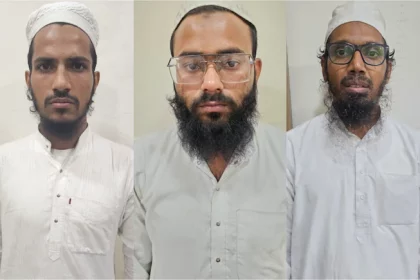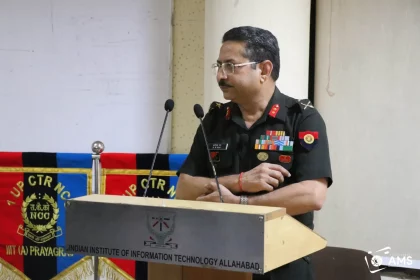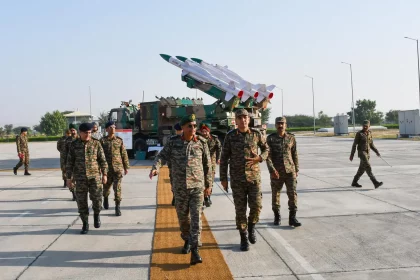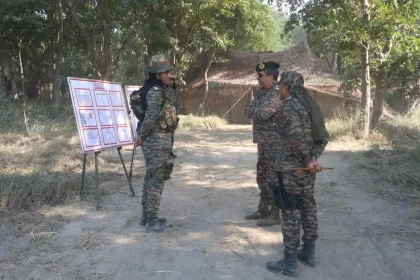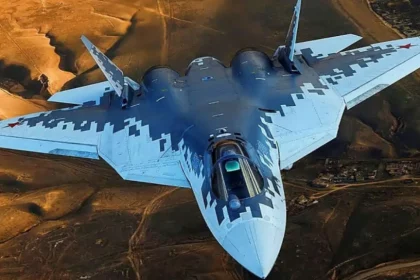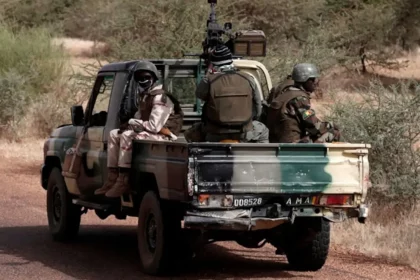3 ISIS Terrorists Arrested in Gujarat for Plotting Attacks Across India
Gujarat ATS Foils Major Terror Conspiracy; Accused Were on Watchlist for a Year.
Maj Gen Dharm Raj Rai Conducts Talent Outreach Programme at IIIT Prayagraj
Selection Centre East Commandant Inspires Students to Explore Careers in the Armed Forces.
Lt Gen Sumer Ivan D’Cunha Reviews Operational Readiness of AAD Regiment at Bathinda Military Station
DG Army Air Defence Commends High Training Standards and Operational Readiness.
Lt Gen Rajesh Pushkar Reviews Operational Readiness of Airawat Division
Kharga Corps Commander praises Airawat Division’s tech-driven readiness and commitment to operational excellence.
IAF Flags Stealth Deficiencies in Russia’s Su-57E Fighter Proposal
India Seeks Assurances on Radar Signature Reduction, Engine Upgrade, and Maintainability Before Procurement Talks Advance.
Five Indian Nationals Kidnapped in Mali by Suspected Al-Qaeda, ISIS-Linked Terrorists
Abduction Highlights Expanding Reach of Extremist Networks in the Sahel Region.

